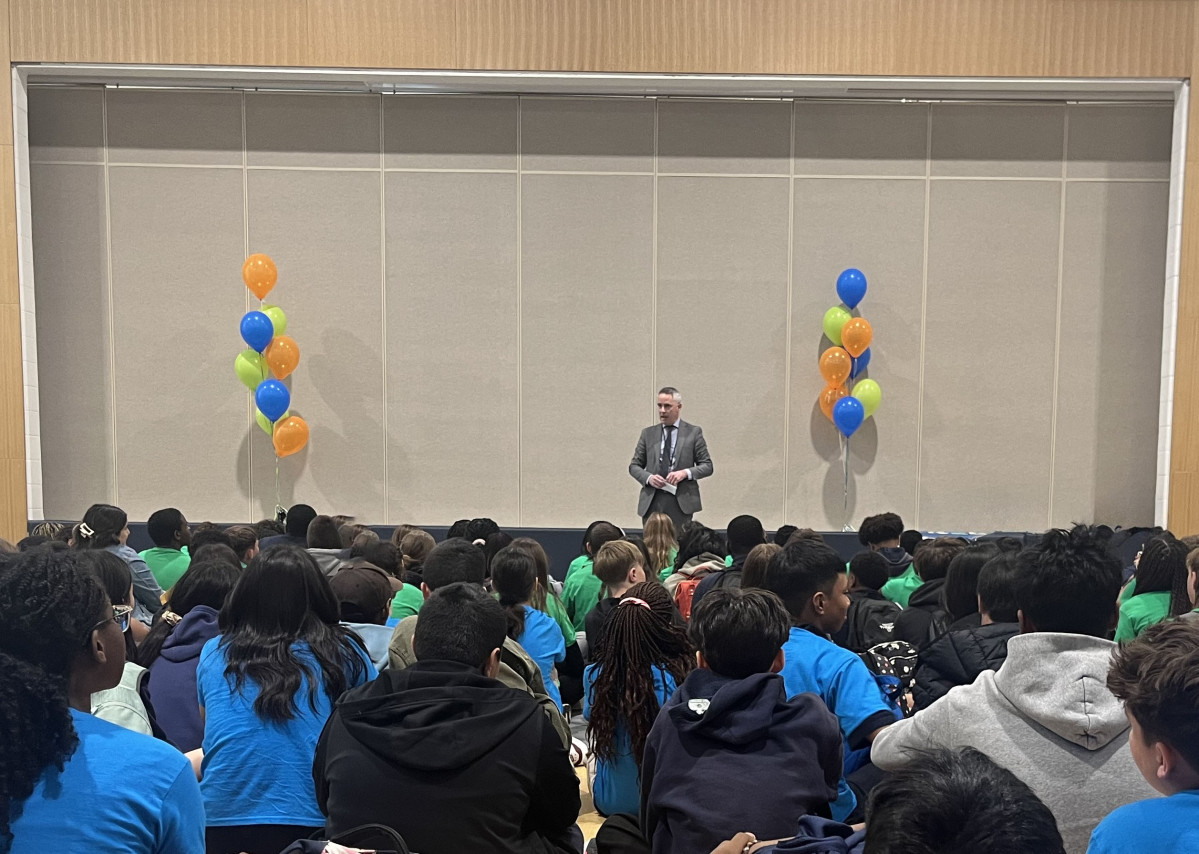
Halton Catholic District School Board
Equity Fosters Belonging
Belonging has a major impact on student achievement. According to the Danielson Group, a Chicago-based education think tank, students who perceive a high level of belonging are more engaged in classroom activities, exhibit increased motivation, and are better equipped to overcome challenges. In short, fostering belonging improves student achievement.
That’s why boards like the Halton Catholic District School Board (HCDSB) made belonging part of their multi-year strategic plan and began to survey their students regularly to measure their sense of belonging.
The student census highlighted opportunities to strengthen our sense of belonging across our school system,” said Sita Jayaraman, Human Rights and Equity Senior Manager at HCDSB. “While many students reported feeling a strong sense of belonging, the results also showed that some students did not share this experience — highlighting the need to create more opportunities, like the student symposium, to ensure every student feels valued and included.”
The HCDSB took action and engaged in an equity audit, which recommended that HCDSB create affinity spaces for racialized students and other equity-deserving groups where they could be themselves and foster a sense of belonging.
Following the recommendations of the equity audit, the HCDSB’s Elementary Equity Symposium was born.
“Our goal was to empower students to feel confident in who they are, while also recognizing the importance of creating space for others,” said Jayaraman. “That’s the essence of our theme — Take Space, Make Space.”
.
Designing an Inclusive, Energizing Day for Young Leaders
The symposium was designed from the ground up to build a sense of belonging, self-confidence, and inclusive leadership among young learners. HCDSB had hosted equity-focused events for secondary students before, this was their first for Grade 7 students and required a different approach.
Each school selected five students and one staff advisor to attend, ensuring a mix of student voices and adult allies throughout the day. To keep students focused and fed, organizers built in snack breaks, pizza lunch, and physical games between sessions – all tailored to their teenage energy levels.
“Everything was intentional,” Jayaraman explained. “From the snack schedule to the free t-shirts to the team hula hoop challenge, every detail was about making kids feel comfortable, seen, and engaged.”
The day was carefully structured around three core workshops:
● Power of Diversity: Led by The Ripple Effect Education. Students explored identity, representation, and the importance of belonging through interactive discussions and activities.
● Leadership in Action: Led by the team at Rising Stars. This session used playful team-building challenges to explore leadership, trust, and inclusion.
● Creative Collaboration: Led by Matthew Morales, Community Engagement Specialist, UN Global Impact. Students engaged in design-thinking exercises to imagine more inclusive schools and communities.
Results: Lasting Impact, One School at a Time
The symposium welcomed 240 students from 44 schools, and their feedback was overwhelmingly positive. 198 students surveyed afterwards gave the symposium an average rating of 8.35/10, with 82% agreeing they learned how to be more inclusive of others.
Staff advisors echoed the students’ enthusiasm, praising the event’s organization, energy, and engagement. Principals commented on how well-behaved and attentive the Grade 7 students were—particularly impressive given the length of the day and the number of attendees.
But the most powerful impact wasn’t just in the surveys—it was in how the students felt, and how the symposium inspired them to apply what they learned back at their own schools.
For example, one student, who had shared that she felt isolated and bullied, experienced a remarkable shift over the course of the day. “By the end of the workshop, she was lit up with energy,” said Jayaraman. “She was animated, excited, and fully engaged — that’s what belonging looks like.”
Plans are already underway to evolve the symposium for next year, including the development of toolkits to help Grade 7 participants bring what they’ve learned back to their schools. The goal is to help more students confidently take space—and learn how to make space for others, too.